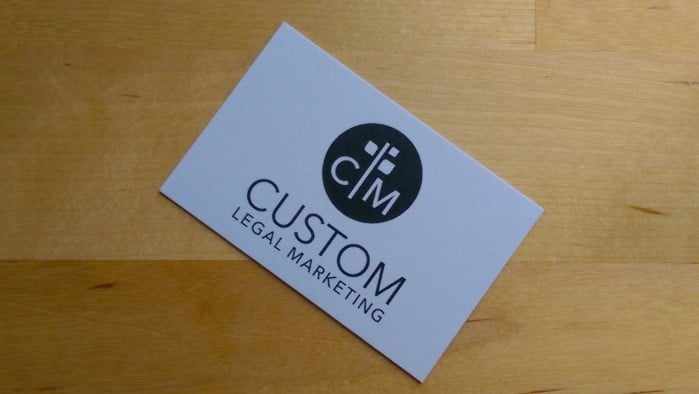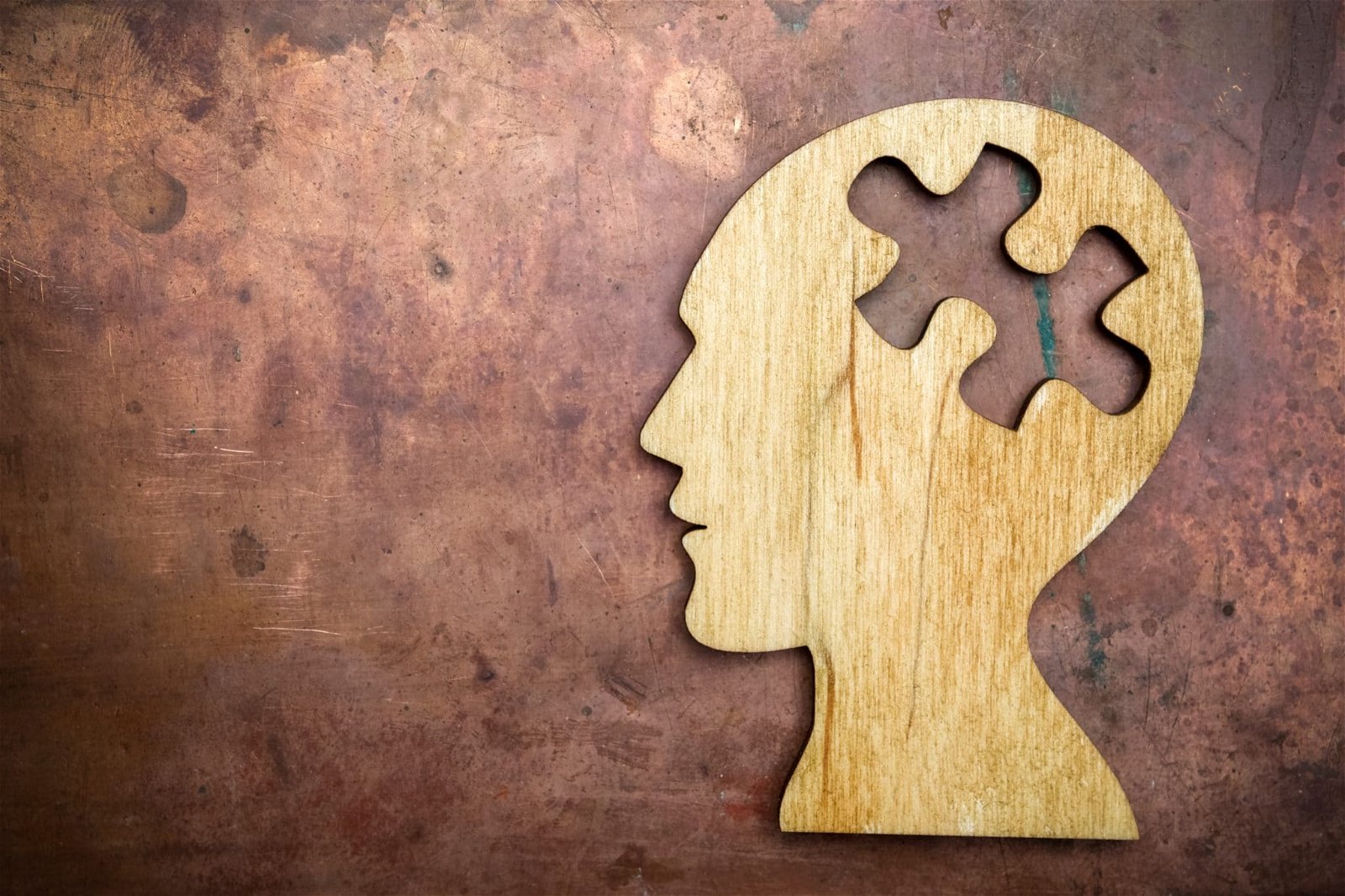Visual input
How does your brain perceive a logo? How does copywriting play to the brain’s impulses? What role do emotions play in our decision-making?
Understanding the role of the brain’s cognitive biases and tendencies in the marketing process is essential to converting more leads. The way our brains are wired to respond to marketing features is simpler than you may think. In fact, while each mind is unique, we often respond in predictable ways.
In this three-part blog series, we’ll cover how how the brain responds to visual and written features used in online marketing based on psychology and neuroscience.
Logos

Logos activate parts of your brain in a more meaningful way than you might expect. Neuroscience tells us that logos can trigger emotional responses, and even [inlinetweet prefix="Logos can" suffix="#lawyers #branding @customlegal"]cause your behavior to change in just 400 milliseconds[/inlinetweet].
When you look at a logo, your brain first processes color, then shape, and finally it creates meaning. When the brain processes shape, it categorizes it with other shapes or experiences that you are familiar with. For example, if your logo contains a single arch, someone may associate it with a doorway or embracing arms, imagery that generally has positive, nurturing or welcoming associations. The association created in the brain brings about an emotional reaction to the logo, which can influence the person’s actions in regard to the logo’s organization.
This information tells us that a law firm’s logo should be carefully designed to provide viewers with a sense of security and trust through its most salient shapes. You want it to be recognizable and memorable, so that when potential clients search for law firms on the web, your logo will stand out and thus become familiar when they encounter it again on Facebook, Linkedin or online ads. And finally, you want to create congruency between your logo and your website, so consider color scheme in relation to both.
Color

The study of the psychology of color is controversial. There are many claims stating that colors create specific emotions, like “yellow is happiness” or “red is boldness,” but these claims aren’t backed with very much data. This is because factors like personal experience, memories, cultural differences and context affect how individuals experience color, making it impossible to claim that a distinct color evokes a specific emotion universally.
What studies have shown, particularly “The Interactive Effects of Colors,” is that [inlinetweet prefix="" tweeter="" suffix="#lawyers #branding"]people use colors to make snap judgements[/inlinetweet] about a brand. The way the branding is judged depends on the perceived appropriateness of its color scheme with what is being marketed. That is, people pay attention to how color is being used, and whether it “fits” with what it is being used for. A rugged brand like Harley Davidson, for instance, would not sell as well if its color scheme didn’t “fit” with their brand’s personality.
The bottom line is, colors alone can’t do all the work. The context and framework with which you use color in your website’s design and in your firm’s branding is more important than the color itself. Colors only come into play in an impactful way when used to match the brand’s desired personality. Overall design, as well as other visual features like photographs and infographics, creates the framework that you can fill with the color scheme of your choice.
Images

Thanks to millions of years of evolution, humans rely heavily on visual input to help us navigate the world. Since the days of our Homo erectus ancestors, we have been using faces and landscapes as reference points. So it should come as no surprise that [inlinetweet prefix="" tweeter="" suffix="#attorneys #marketing"]what we see has a profound effect on how we feel.[/inlinetweet] For example, studies have shown that we respond better to open landscapes, as they evoke feelings of contentment and well-being.
It’s widely supported that the human brain processes visual stimuli faster than text, because seeing and responding to images came first in our genetic makeup. This is important to keep in mind when planning your website’s design, especially in thinking about the images and graphics featured — they can be some of your strongest marketing assets. Images can include photographs as well as infographics and interactive features like video. Sites with a strong visual impact command more attention from site visitors, leaving them with a positive impression of the law firm.
Quality photographs convert more leads, as they leave a stronger, more positive impact on users than lackluster portraits and generic stock photos. Get a photographer to take photos of you in which you appear personable, nurturing, hardworking or any other descriptor that supports the personality or story of your firm’s brand. Avoid prominently featuring on your homepage stock photos that are not memorable or images that users may find off-putting, unrelatable or intimidating, such as images of a courtroom or a gavel. Front-load onto your website quality images that evoke emotions you hope visitors will feel in association with your firm — let them be the first thing your visitors notice upon landing on your site. For more information on what makes a photograph memorable, read Are your pictures memorable? Science has the answer.
In Part 2 of this series, find out how your copywriting can improve when you understand how the brain processes the written word: Available March 2, 2016
Cristina Fríes is a MA in English/Creative Writing from UC Davis (2019), and is a legal marketing strategist and content developer for CLM. Her interests include creating compelling marketing content, writing books, and traveling the world.
